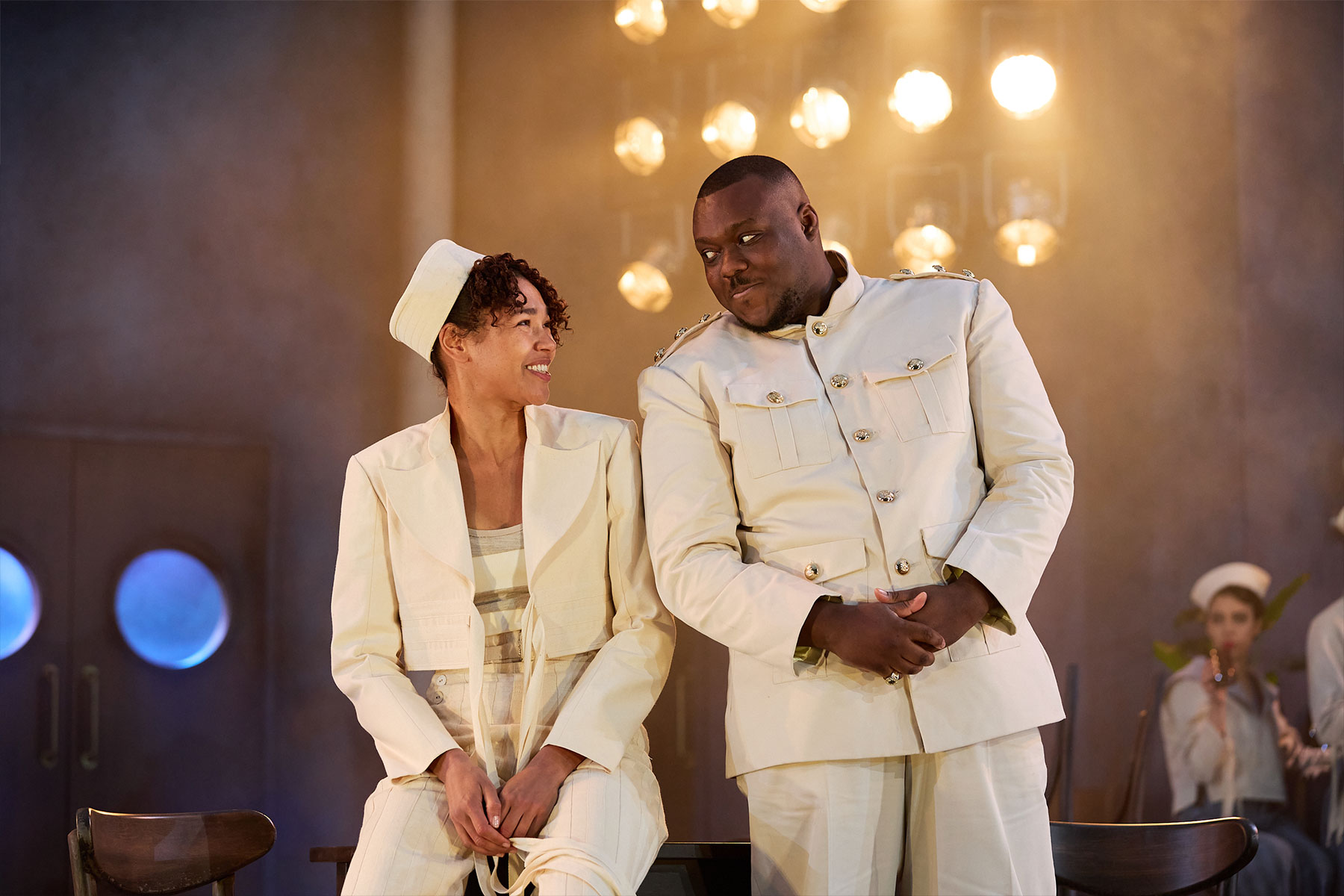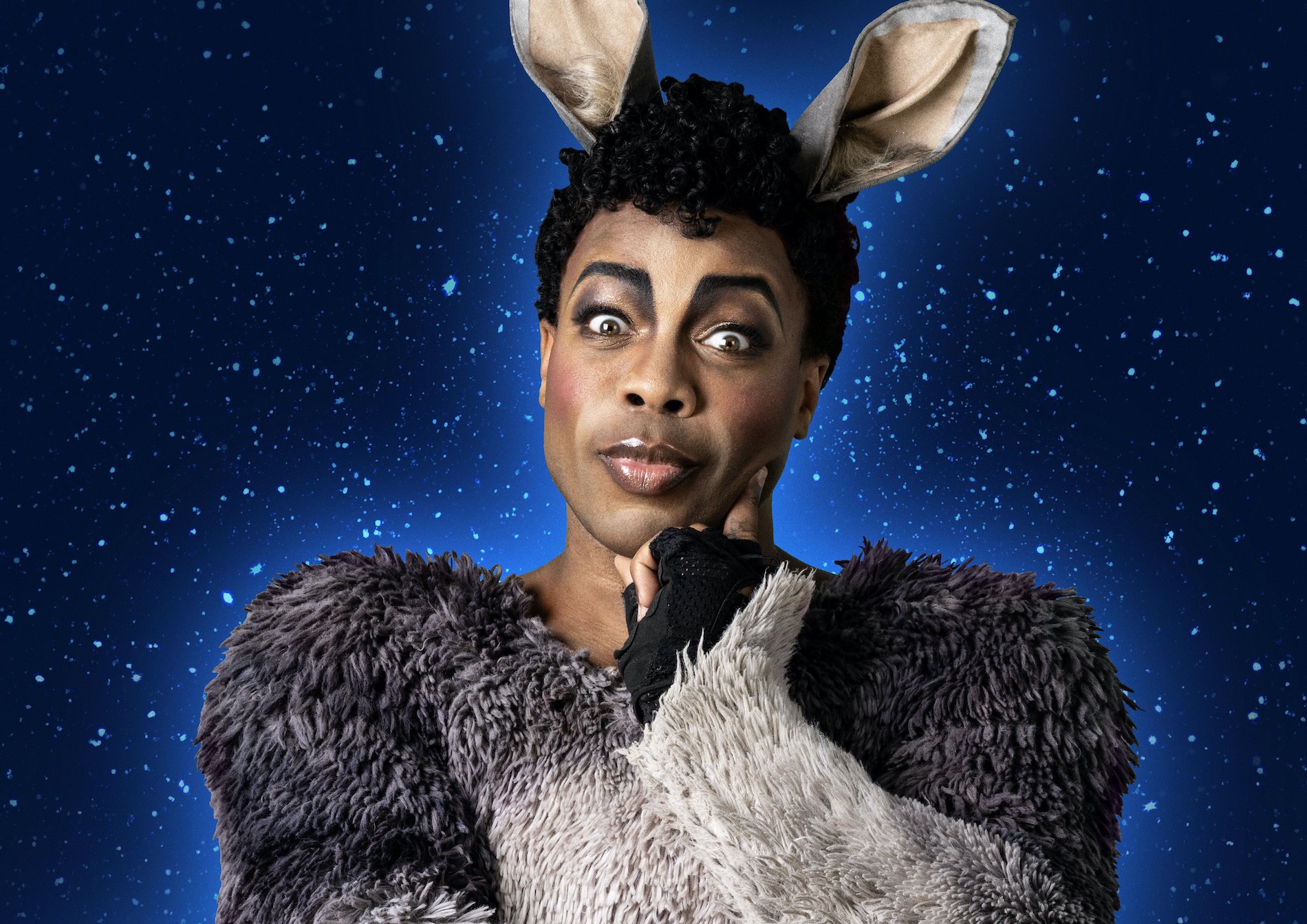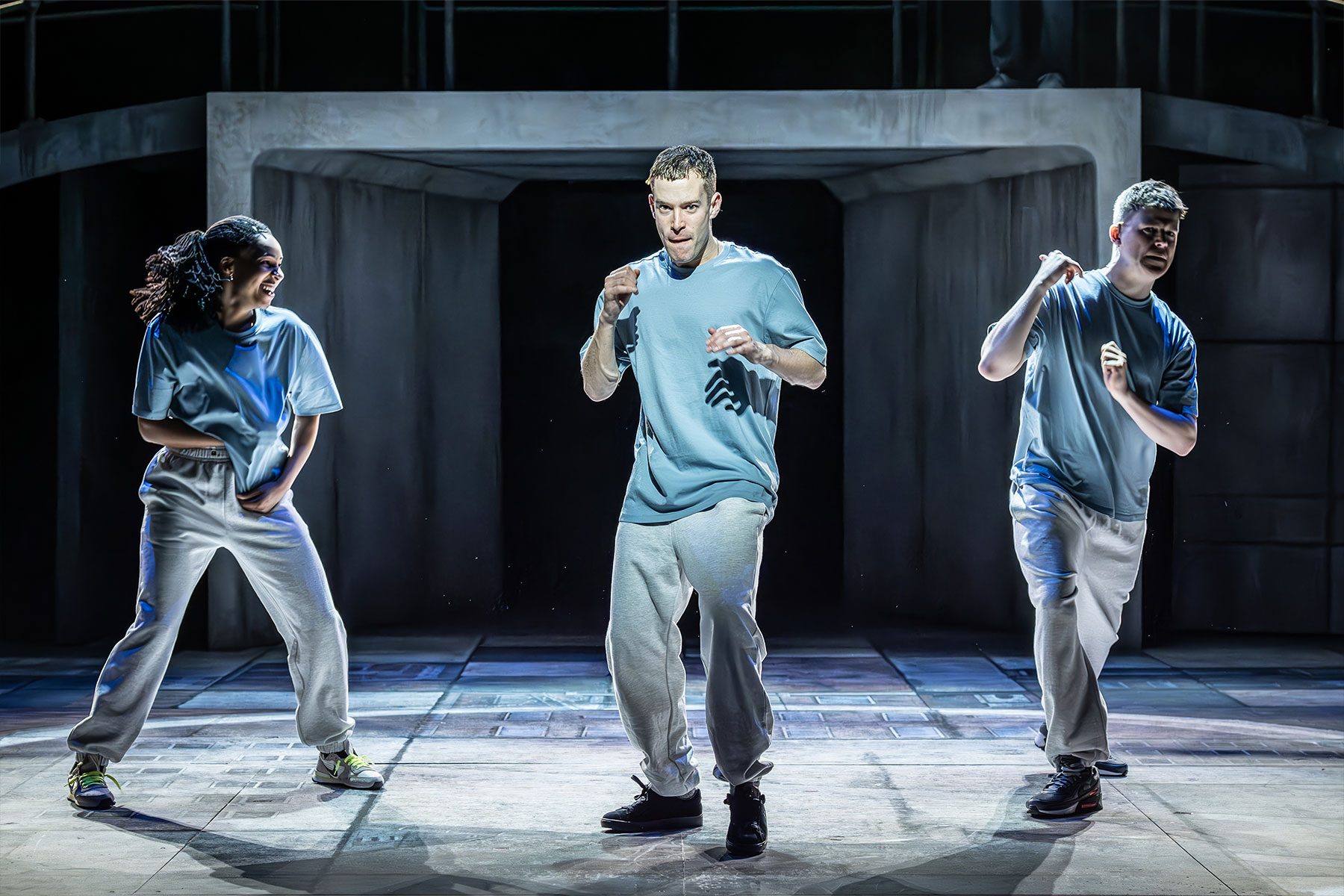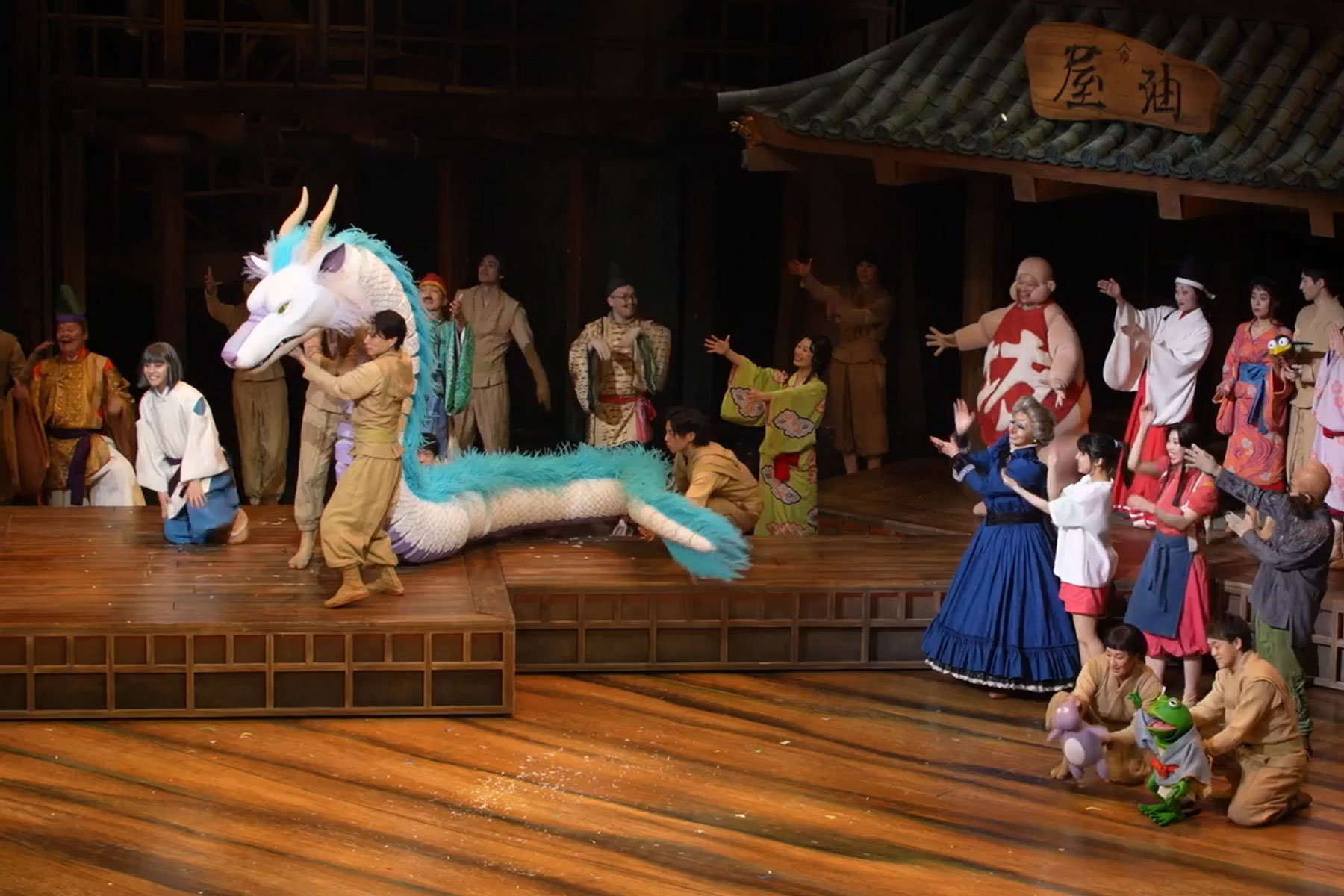Glee and Me at the Royal Exchange – review
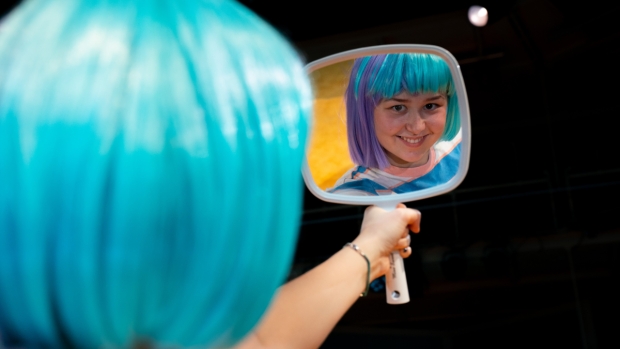
© Helen Murray
Manchester's Royal Exchange is celebrating 45 years since its first production. They're marking this occasion by giving their main stage to the talent which won the 2019 Bruntwood Prize for Playwriting. Stuart Slade's play is much like Lauryn Redding's one-woman show which preceded it here, but gives a delicate, low-key monologue about clinging onto vitality through illness.
Glioma Multiforme. That's the "earthquake" diagnosis teenager Lola shares with us early on, admiring its extravagance and how she can extract the word ‘glee'. She gives this name to her brain tumour and confronts her shrinking prognosis with this flippantly optimistic spirit, spending her time left seeking sex and the meaning of life.
Lola talks about being held in a "liminal" space: not yet dead, but not long left alive. Anna Yates' set illustrates this with a soft, crumpled bedsheet hanging above over hard edges on platforms below. It's also designed like a teenage girl's bedroom — shades of yellow and pink on the bedsheet cloaking the lighting rig, like a den a child builds to escape the incomprehensible real world. Indeed, Lola unveils hidden compartments in the floor where memories are stored safely away.
It glows and shifts with her story. Sometimes it's a beaming orb of energy she reaches towards for sustenance; at others, a sack carrying the weight of emotion from falling and smothering her. When she laments the first and last time she'll watch a sunset with her boyfriend, it resembles a sun dipping beneath the horizon.
Liv Hill is herself a bright, warm presence and sharply delivers Slade's ferocious black humour: equating the use of fruit analogies for tumours to going through "the whole fruit and veg aisle in Sainsbury's until I'm a fucking cabbage." However, lines often come streaming out of her in a breathless flurry, monoregister and frantic darting movements. It reflects how she tries to race through her bucket list as time races away from her, but makes it difficult to navigate all these different experiences.
Indeed, some of the most affecting moments are when she's silent. When she realises she'll miss all the uni milestones, her lower lip sinks momentarily before being tugged into a nervous smile, wincing as she's unable to offset the pain with a joke. When she imagines an all-clear diagnosis, she looks solemnly at the floor strewn with fallen confetti, a hot pink ballerina skirt and burst balloons — her dream of celebration lying in tatters.
Her symptoms are also powerfully depicted by Jess Bernberg's lighting and George Dennis' sound design. When she suffers aphasic seizures, her speech is interrupted by the crackle of LED bars encircling the auditorium, like neurons misfiring in her brain. And as her motor skills deteriorate, spotlights shut down with a shudder to confine her in the dark.
It's these sequences which make this a striking account of adolescence robbed by anguish. Elsewhere, Slade's script gets distracted by existential equivocations: "Maybe everything really worth saying is beyond words, though. Maybe?" What's definite, though, is the pleasure in seeing Slade's play finally get its stage debut, and how it leads the Royal Exchange into the next 45 years of gleeful theatre-making.







